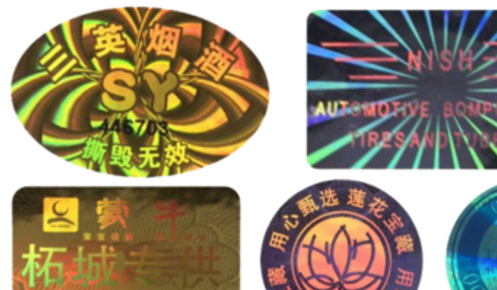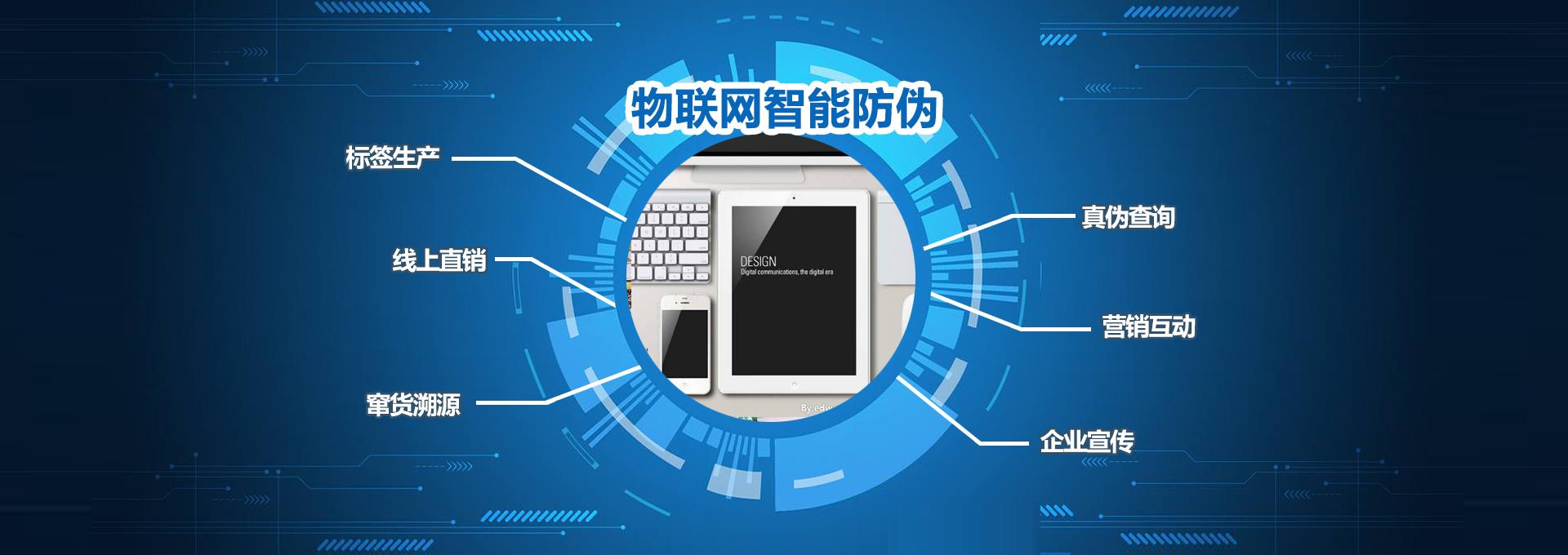Shenzhen City Industrial Co., Ltd. Contact: Liu Jinrong Fixed: 075529966071
Mobile: 13510810460
Fax: 075529966073
Address: 5th Floor, Building 3, Guangyu Industrial Park, Xixiang Street, Baoan District, Shenzhen
The difference between QR code anti-counterfeiting and holographic anti-counterfeiting label
The difference between QR code anti-counterfeiting and holographic anti-counterfeiting label
QR code security andHolographic anti-counterfeit labelThey are all effective anti-counterfeiting methods in recent years, and they are very popular among merchants and anti-counterfeiting manufacturers. Anti-counterfeiting label manufacturers use various advanced technologies to continuously improve the anti-counterfeiting effect of anti-counterfeiting labels and fight counterfeiters, including the traceability function of QR code anti-counterfeiting labels. Although many consumers often buy goods, they do not know much about QR code anti-counterfeiting and holographic anti-counterfeiting labels.

The holographic anti-counterfeiting label is a kind of anti-counterfeiting label that adopts technologies such as laser holography and radio frequency identification, and utilizes materials such as holographic film. The integration of these technologies and materials is very complicated. Each anti-counterfeiting label factory uses different combinations, and the anti-counterfeiting labels produced also have their own characteristics. This kind of holographic anti-counterfeiting label is very difficult to copy and forge because its production process is relatively complicated and the production cost is very high. It can be said that it is difficult for counterfeiters to break through these high anti-counterfeiting labels one by one. Even if they can break through, it will require them to spend a lot of time and money. The manufacturing process of the QR code anti-counterfeiting label is relatively simple, and the production cost is relatively low. But this does not mean that its anti-counterfeiting performance is not good, it still makes it difficult for counterfeiters to copy.
The holographic anti-counterfeiting label is technically difficult for counterfeiters to imitate, and the two-dimensional code anti-counterfeiting is the work of enhancing anti-counterfeiting from the aspects of traceability and official certification information. The information carried on the QR code anti-counterfeiting label is very rich. Consumers can inquire about the material, model, manufacturer and other related information of the product through the small QR code. Moreover, the anti-counterfeiting label factory will also allow merchants to authenticate an official small program on WeChat. Scan the QR code to enter the official WeChat program of the merchant. Inquiring and verifying the authenticity of the product becomes very simple and effective. Regarding the difference between two-dimensional code anti-counterfeiting and holographic anti-counterfeiting labels, consumers can also go to the store to find different products to actually experience it.

Previous: The role of QR code anti-counterfeiting labels in tobacco
下一条: Explanation of the principle of QR code anti-counterfeiting label
Related News
- Is there a tag security tag that can't be torn down?
- Food Information Security QR Code Development Trend
- What are the applications of QR code anti-counterfeit labels?
- What is the printing process of anti-counterfeiting label factory packaging?
- QR Code anti-counterfeiting label becomes the new trend of market anti-counterfeiting traceability
- How do consumers identify laser security labels?
- Introduction to laser holographic anti-counterfeiting knowledge
- How to identify the authenticity of laser anti-counterfeit labels
- Anti-counterfeit QR code label production process
- Laser anti-counterfeiting label production process introduction
- The role of QR code anti-counterfeiting labels in tobacco
- Design of the source code of the anti-counterfeiting label of the QR code
- Anti-counterfeiting label factory's label requirements
- How to strengthen enterprise management for anti-counterfeiting label factories
- Why the anti-counterfeit QR code should be covered with coating
- Application of Anti-counterfeit QR Code in License Plate
- The meaning of anti-counterfeiting QR code
- What are the loopholes in the QR code anti-counterfeiting label
- Why print a bare security QR code
- Application of two-dimensional code anti-counterfeiting label in material sampling



